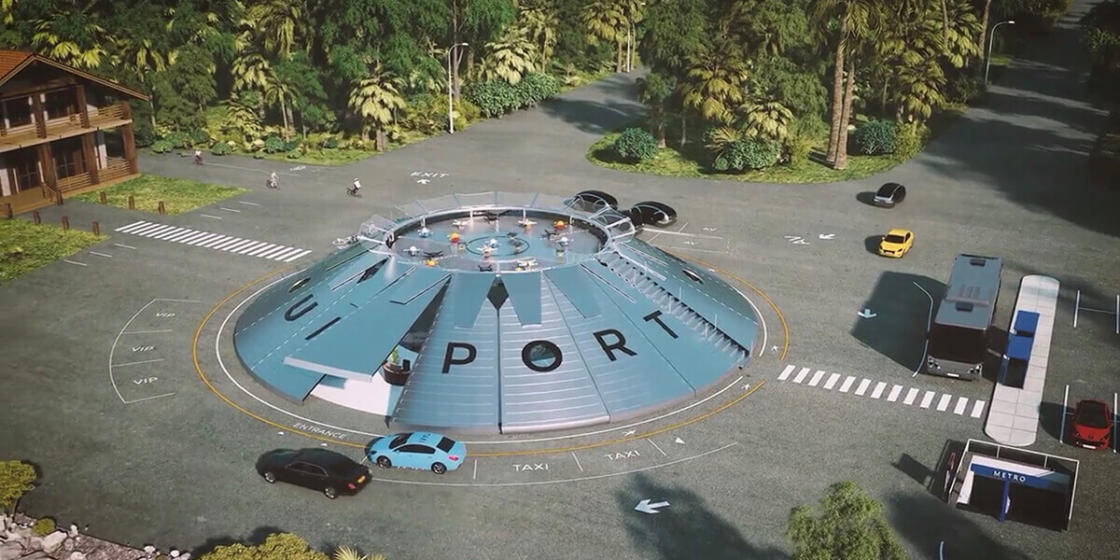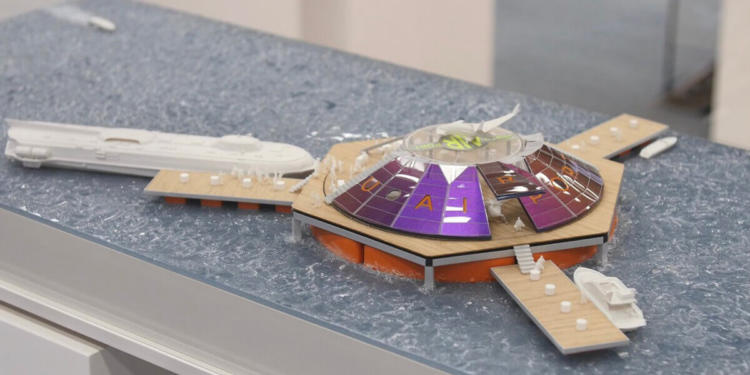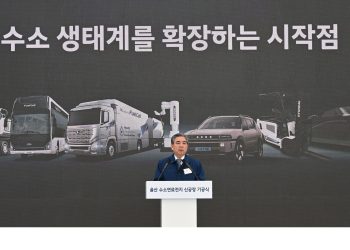Hyundai Motor Co. on Thursday confirmed that its Hyundai Air Mobility division signed a partnership with UK-based company Urban-Air Port to develop multi-functional and scalable urban air mobility (UAM) infrastructure. Hyundai announced that it would invest 1.77 trillion won ($1.5 billion) in the next five years. The capital injection would support the creation of an air mobility ecosystem for UAM operations.
Under the deal, Hyundai and Urban-Air Port aim to establish future air mobility in cities by creating versatile infrastructures starting with the development of a live scale prototype for an all-electric vertical take-off and landing (eVTOL) demonstration.
The Urban-Air Port design would occupy a 60 percent smaller building footprint than traditional heliport, allowing for easier and quicker installation, especially in urban areas with limited spaces. The company utilizes a cost-effective, transportable, and readily deployable modular flat-pack structure. The ultra-compact structure would provide recharging stations and maintenance and repair facilities.
“As part of Hyundai Motor Group, our Air Mobility division is intent on supporting the development of human-centered cities through innovation.”
-Dr. Jaiwon Shin, Head of Hyundai Air Mobility
The South Korean said that it signed a memorandum of understanding with two UK cities, including Coventry and West Midlands, for UAM research and development in 2021.

Bringing Air Mobility Worldwide
Urban-Air Port CEO Ricky Sandhu said that it believes that the partnership with Hyundai would propel a clean and future UAM mobility ecosystem throughout different sectors.
Hyundai forecasts that the air mobility market would grow to over 1000 times in the next 20 years. According to NASA, though vehicle development is underway, the most significant constraints on the quickly growing market is the critical need for the appropriate ground infrastructure crucial for the whole ecosystem.
COO Panela Cohn of Hyundai Air mobility said that without coordination and investment in crucial areas such as infrastructure, UAM is just another flying science project. Proper development and execution would bring aerial mobility to communities worldwide.







